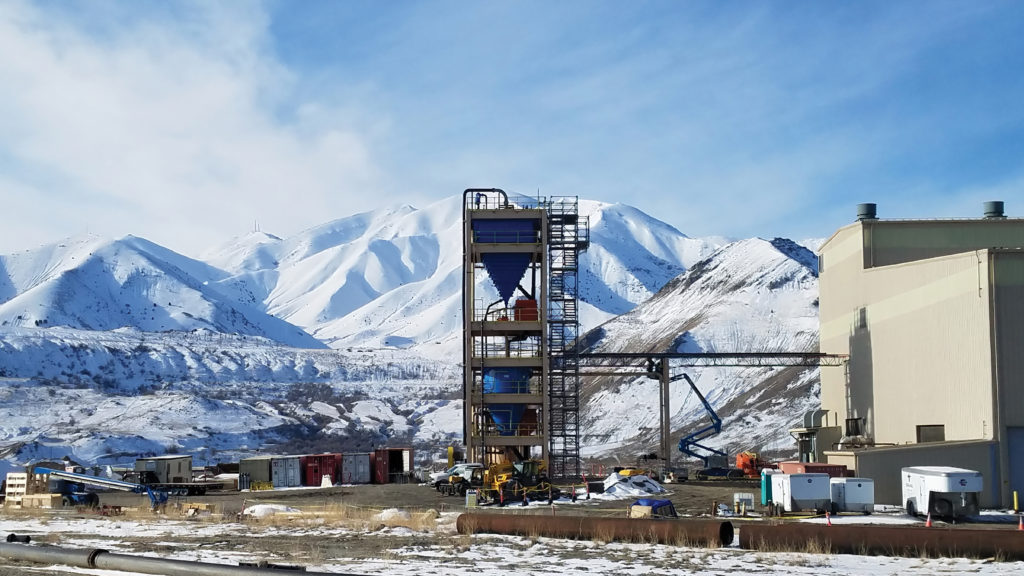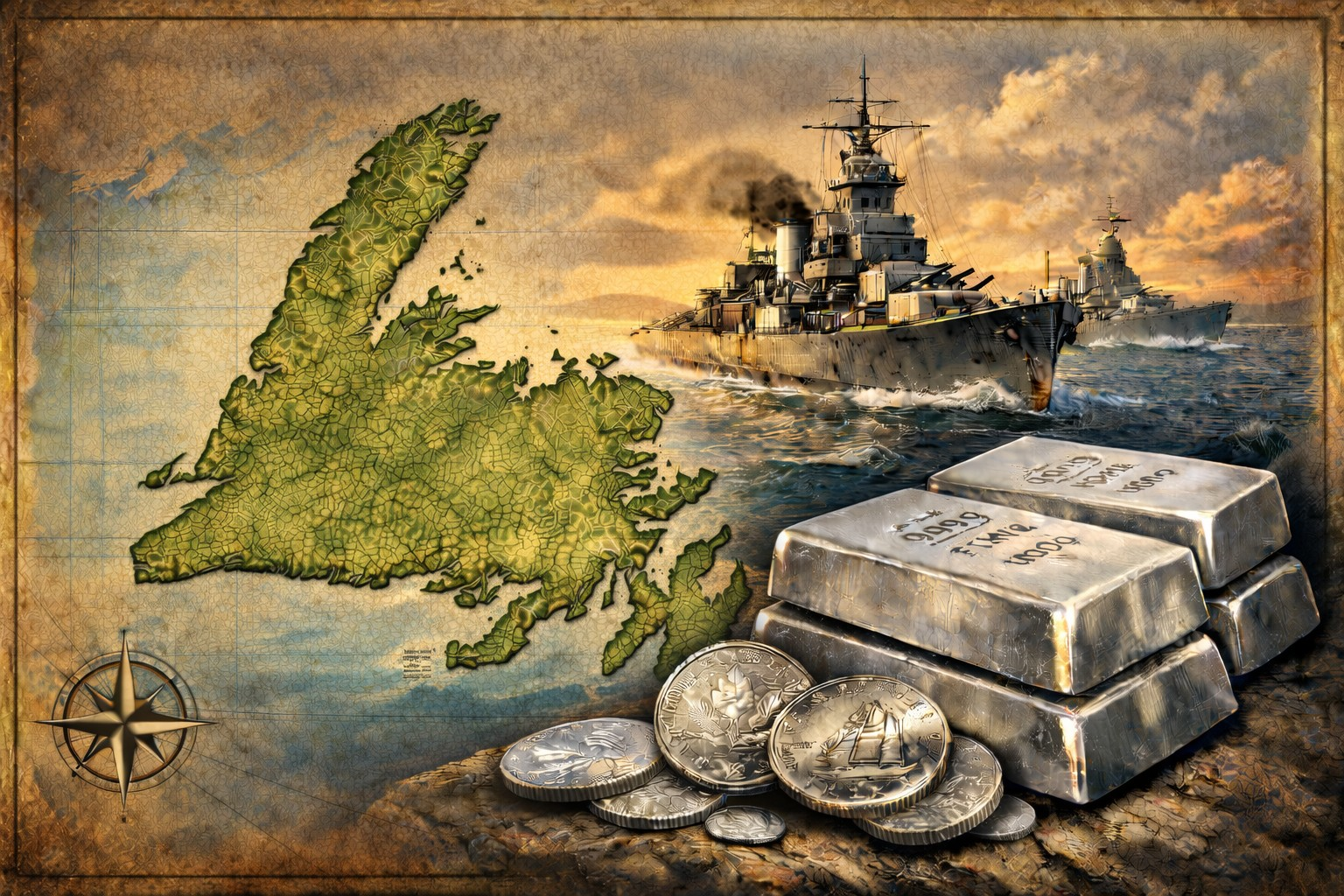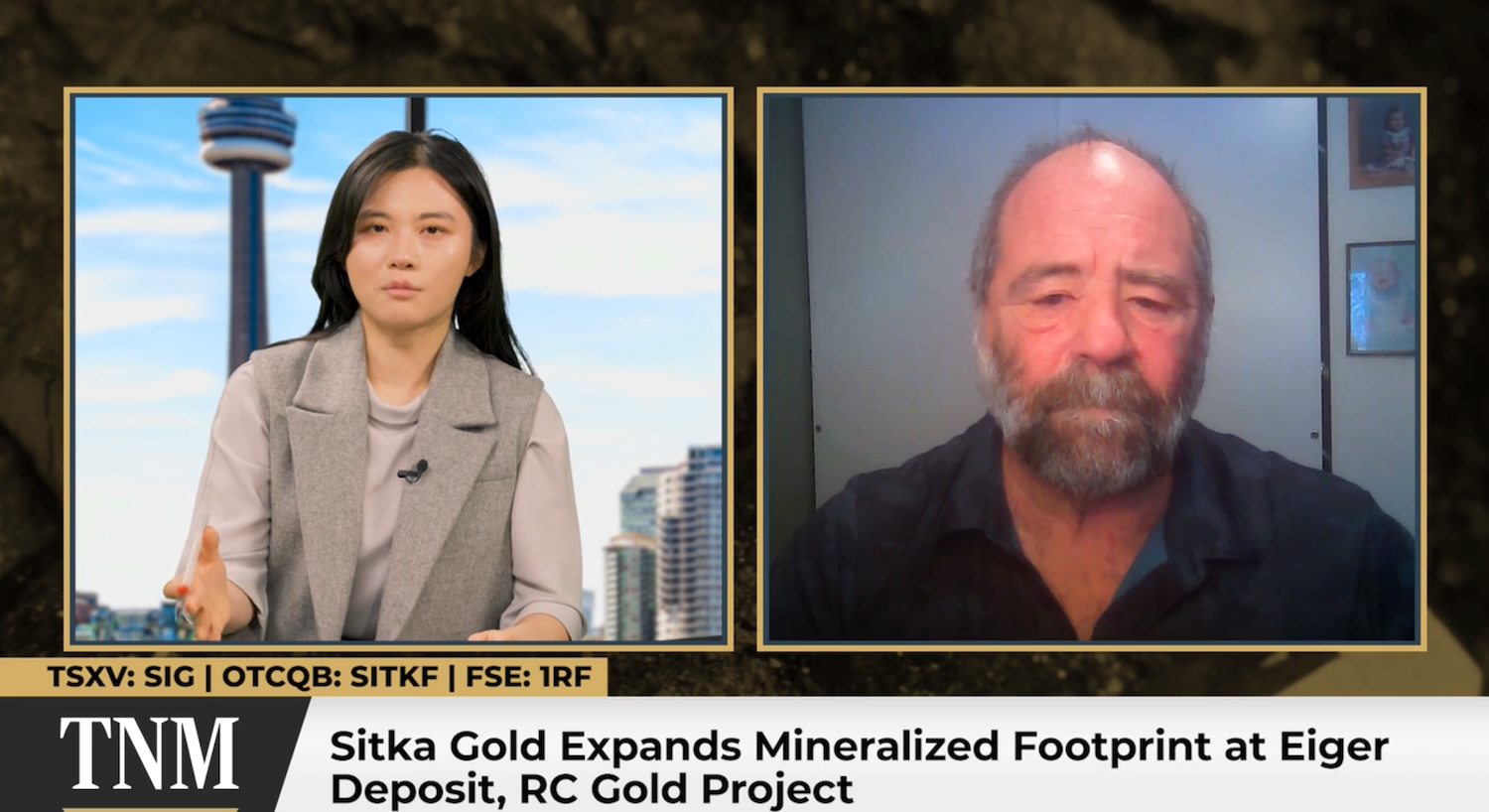Devan Murugan: Well, for those who may not be familiar, what exactly does Eriez do and how does your work fit into the evolving needs of modern mining?
Erich Dohm: We are a supplier of process equipment to the mining industry and to many other process industries as well around the globe. And our role is really a solutions provider. We work to understand the problems and needs of miners and develop our technologies together with customers to address some of the greatest challenges facing the mining industry today.
DM: And one of the highlights is this HydroFloat system. It’s said to recover particles more than twice as coarse as conventional flotation cells. Why is that such a game changer for mineral recovery?
ED: Typically the mining industry faces the challenge of having to grind ore quite coarsely to liberate a very small fraction of the valuable mass within that ore body. And that often results in quite a few challenges, in particular with regards to tailings management and water recovery. There are parts of the world where those challenges are much more amplified.
For example, tailings management in Brazil is under the spotlight. Water recovery in Chile in the Atacama Desert is a big issue. And by grinding coarser and still maintaining high recoveries, the HydroFloat technology enables these mining operations not only to be more profitable by reducing their operating expenses and energy consumption associated with the process, but also to address these social issues related to water and tailings that have great impacts on the local communities.
DM: How does that translate to real world savings? And you mentioned profit gains, right? Just give me a practical example for mine operators.
ED: We have discovered, together with our customers, that the greatest value of the HydroFloat technology is the ability to increase throughput while maintaining recoveries. Most often, the base-case solution to increase throughput is additional comminution capacity, including additional SAG (semi-autogenous grinding) mill and ball mill capacity, together with the additional grinding energy and consumable requirements.
However, the HydroFloat technology allows customers rather to coarsen their grind size and still achieve increases in net metal production that result in overall increased cash flow and improved profitability. And one of the big game changers is with the reduced operating expense of the HydroFloat system as compared to a conventional SAG ball circuit addition. Thus, the actual mine planning can be changed, the reserve can be expanded, and the overall profitability and net present value of a mining project can be greatly impacted.
DM: So presumably this has been implemented already in some of the operations. Can you give us an example where a particular site has already seen a measurable difference in a mining operation?
ED: Absolutely, yes. So, the first installation in a copper gold application for the HydroFloat technology went into operation in 2018, and that’s at Newmont‘s (TSX: NGT; NYSE: NEM) Cadia Valley operation. They put in a full-scale circuit to process roughly a third of their tailings. That was so successful that just a couple years later, they outfitted the rest of their circuit with HydroFloat technology in order to process their entire plant tailing stream.
They have widely published the impacts that that’s had on their bottom line with improved copper and gold recoveries. And Newmont is now continuing to explore the option with a couple of other projects in process for implementing this across the portfolio of their operations.
DM: That’s a compelling example. Now, let’s talk investors. From an investor perspective, how does using HydroFloat affect the long-term value or risk profile of a mining project?
ED: One of the things that we’re finding has the greatest impact on the net present value of an operation is that change in cutoff grade by reducing the operating expense of the overall process. So now the reserve can actually be expanded to include parts of the deposit that would have previously been economically un-minable, and the overall net present value of the operation can be improved. And I think investors are going to be excited about that. Certainly we are.
DM: Where do you see technology having the biggest impact here in that sphere of critical minerals and energy transition?
ED: With regards to the critical mineral space and the energy transition, there are many different applications of the HydroFloat that are already having an impact there. One thing I can speak to specifically is with lithium, and in particular spodumene, that being a critical mineral for the electrification and the transition away from internal combustion engines to electric vehicles. Spodumene is a critical mineral for that.
And the HydroFloat has been successfully implemented, dating back nearly 10 years now, in increasing the grind size in the spodumene processing circuit and allowing for recovery of coarser spodumene, thereby reducing the generation of ultrafines, which ultimately result in the loss of lithium to the ultrafine fraction in their process. So that’s making these lithium operations more profitable.
And that certainly is important and impactful given the volatility of lithium price. The reduction in operating expense is going to allow these operations to weather some of the storms in the near-term uncertainty and provide for a more stable future for that industry moving forward.
Additionally, just in some of the other critical minerals, they’re typically very finely disseminated minerals and quite challenging to upgrade. And thus, it goes back to this challenge with having to really grind super fine. And the tailings management and water recovery challenges that accompany that with the HydroFloat, we’re able to reject gangue from the circuit at a coarser size.
It’s allowing operations to produce up to 40 % of their total plant tailings as a sand stream. A sand-type material like a beach sand is much simpler and cost effective to de-water and dispose of.
It even can have benefits to the local economy, with the sand tailings being used in construction and aggregate and really just provides a more wholesome value of the mining operation to local communities.
DM: And that’s the big one in terms of return on investment. I want to finally just end off, with getting your take on whether or not we can expect new innovations in development and what should we be watching for there.
ED: Yes, absolutely. At Eriez, we have our flotation technology portfolio as well as our magnetic separation technology portfolio. And we’re continually innovating within those portfolios to address some of the greatest needs that we’re seeing among our customer base.
We have a number of initiatives, both with regards to continuous improvement of our existing products, as well as some new products in the portfolio that we believe are going to provide groundbreaking and innovative performance for our customers and really help address the need for these critical minerals and resources. So, stay tuned for further updates from Eriez on those topics.
DM: Well, thanks very much indeed, Director of Mining at Eriez, Erich Dohm.
ED: All right, it’s been great. You have a great day!
The preceding Joint Venture Article is PROMOTED CONTENT sponsored by Eriez and produced in co-operation with The Northern Miner. Visit: www.eriez.com for more information.



